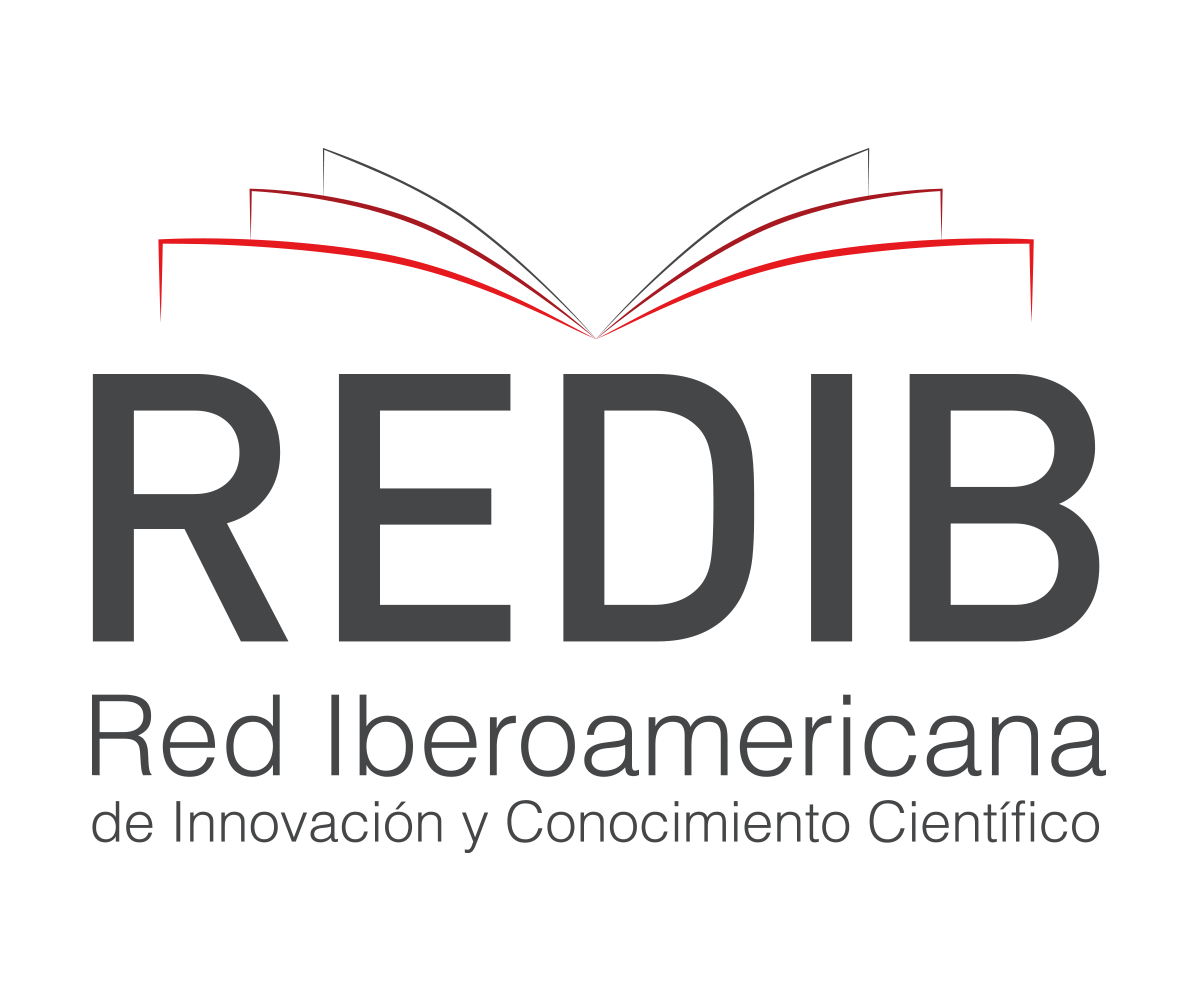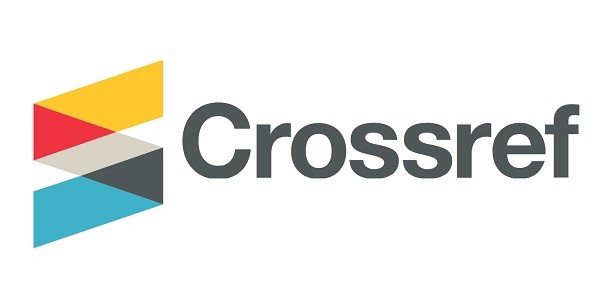MARCAS COMERCIAIS E ESTÍMULOS SENSORIAIS
como cheiros, gostos, sons, formatos e outras características sensoriais podem ajudar a reforçar a conexão entre marcas e consumidores
DOI:
https://doi.org/10.31510/infa.v17i2.961Palavras-chave:
Gestão de marcas, Comunicação, Estímulos sensoriais, Experiências ricasResumo
Novas marcas surgem com frequência no mercado, saturando ainda mais os segmentos e, em consequência, aumentando a concorrência, que já não é pouca. Diante disto, as marcas precisam encontrar mecanismos para se destacarem e continuarem a ganhar a atenção e a confiança de seus públicos de interesse. Posto desta forma, este estudo procura compreender melhor a importância das comunicações para as marcas comerciais e como é que as experiências que incluem gostos, cheiros, sons, formatos, texturas e outras características sensoriais podem contribuir para a recordação de marcas, produtos e serviços. A fim de avaliar estes conceitos na prática, o estudo propõe uma pesquisa quantitativa, em que 100 consumidores oferecem interessantes opiniões acerca da influência dos aspectos sensoriais quanto a conexão que eles possuem com as marcas que utilizam. O que se percebe, a partir deste trabalho, é que quanto mais uma marca investir em estímulos sensoriais, mais oportunidades tem de se destacar e ser lembrada com muito mais facilidade por parte do público de consumidores.
Downloads
Métricas
Referências
BATEY, Mark. O significado da marca: como as marcas ganham vida na mente dos consumidores. Rio de Janeiro: Best Business, 2010.
BAUDRILLARD, Jean. A sociedade de consumo. 2 ed. Lisboa: Edições 70, 2007.
BAUMAN, Zygmunt. Amor líquido: sobre a fragilidade dos laços humanos. Rio de Janeiro: Zahar, 2004
CAMPBELL, Colin. A ética romântica e o espírito do consumismo moderno. Rio de Janeiro: Rocco, 2001.
KOTLER, Philip; ARMSTRONG, Gary. Princípios de Marketing. 15 ed. São Paulo: Person Education do Brasil, 2015.
LINDSTROM, Martin. Brandsense: segredos sensoriais por trás das coisas que compramos.
Porto Alegre: Bookman, 2012.
LIPOVETSKY, Gilles. A felicidade paradoxal: ensaio sobre a sociedade do hiperconsumo. São Paulo: Companhia das Letras, 2007
MAFFESOLI, Michel. O tempo das tribos: o declínio do individualismo nas sociedades de massa. 5 ed. Rio de Janeiro: Forense, 2014.
MASLOW, Abraham H. A theory of Human Motivation. Psychological Review, n.50, p. 370-396, jul. 1943. Disponível em: < http://psychclassics.yorku.ca/Maslow/motivation.htm >. Acesso em: 22 set. 2020.
NORDSTROM, Kjell; RIDDERSTRALE, Jonas. Funky Business: talento movimenta capitais. São Paulo: Makron Books, 2001
SANTOS, Milton. Por uma outra globalização: do pensamento único à consciência universal. 25 ed. Rio de Janeiro: Record, 2015
SCHWERINER, Mario E. R. Comportamento do consumidor: identificando necejos e supérfluos essenciais. São Paulo: Saraiva, 2006
VEBLEN, Thorstein B. A teoria da classe ociosa: um estudo econômico das instituições. São Paulo: Abril Cultural, 1983.
Downloads
Publicado
Como Citar
Edição
Seção
Licença
Copyright (c) 2021 Revista Interface Tecnológica

Este trabalho está licenciado sob uma licença Creative Commons Attribution 4.0 International License.
Os direitos autorais dos artigos publicados pertencem à revista Interface Tecnológica e seguem o padrão Creative Commons (CC BY 4.0), que permite o remixe, adaptação e criação de obras derivadas do original, mesmo para fins comerciais. As novas obras devem conter menção ao(s) autor(es) nos créditos.
- Resumo 266
- PDF 227












.jpg)




1.png)
1.png)